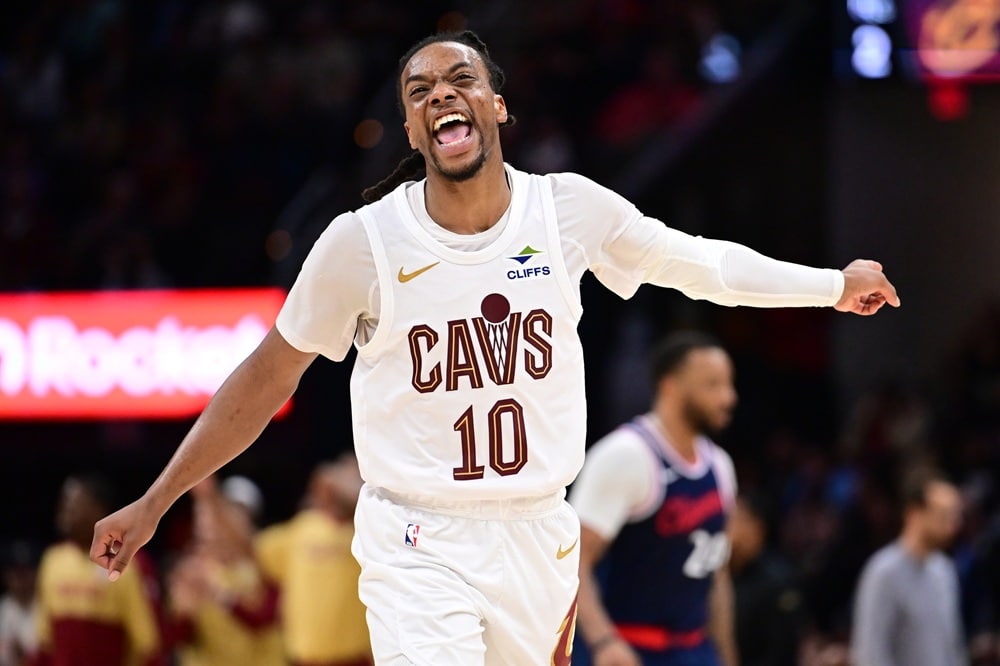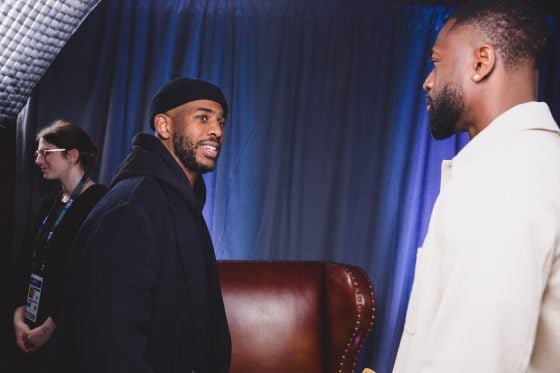Basketball has exploded in popularity since its inception and will be the highest-paid sport in 2022. While the NBA garners global attention, Latin American basketball is gaining popularity and eliciting rising appreciation for its skillful players and excitement.
Such talent only demonstrates how much time Latin youth devote to the sport. The Brazilian and Argentine leagues, as well as the Chilean, Venezuelan, and Uruguayan tournaments, are becoming increasingly competitive in the region.
Many former Latin players from the United States are also returning home to inspire the next generation of basketball players.
What Exactly is the Latin Basketball Scene Like?
The environments surrounding basketball courts in South America are not as well-conditioned as it is in the rest of the Americas. Latin basketball is more of a street version than many US players are used to. Courts can be transformed from coffee bean drying areas during the day to a vibrant, bustling court with a random match in the evening.
The sport has long had a disorganized history, with most games starting spontaneously. However, as more professionals enter the Latin Basketball scene, the game is improving incredibly well. In recent decades, it has transformed into a fully fledged industry that is also attracting other key players like sports betting operators, global marketing brands, and many others.
How did Basketball Become Popular in Latin America?
The Mayans and Incas native to the region traditionally played a game similar to basketball. The game rapidly spread from Mexico and Peru to other Latin American countries.
Mexico’s modern basketball history dates back to the 1930s when President Lazaro Cardenas constructed basketball courts in rural southern states Oaxaca and Chiapas. He did so to bury the decade-old ravages of violence and define a new national perception.
Basketball served as a meeting place for both players and coffee farmers in the community. It also produced a peaceful population, which contributed positively to the country’s political landscape.
How did Latin Leagues Come About?
The South American Championship of Champions provided a platform for South American clubs to compete on an international scale. The tournament was founded in 1946 and reigned supreme until 1993 when the Pan American Club Championship dethroned it. The Pan American Club Championship held the position until 2000, when it was phased out, making way for the FIBA South American League.
The FIBA Americas League debuted at the end of 2007, knocking the FIBA South American League to second place with the tournament’s first edition in 2008. On September 24, 2019, the FIBA Americas League was replaced by FIBA’s newly formed Basketball Champions League Americas.
Basketball Champions League Americas
The Basketball Champions League Americas is the top club-level basketball tournament in the south. It is followed by the FIBA South American League, which had previously held the top spot. The Basketball Champions League Americas is managed by the South American Basketball Association (ABASU), the regional sub-zone of FIBA Americas.
The league provides exciting opportunities for local players at various stages of their careers including the national domestic champions and the best in national leagues. In 2022, outstanding teams in BCL Americas include Cangrejeros from Puerto Rico, Minas from Brazil, São Paulo from Brazil, Estelí from Nicaragua, Bigua from Uruguay, Flamengo from Brazil, Nacional from Uruguay, Obras Sanitarias from Argentina, Quimsa from Argentina, Boca Juniors from Argentina, and UdeC from Chile.
The league’s top basketball stars include Renan Lenz, Chad Posthumus, Tavario Miller, Renaldo Balkman, Jezreel De Jesus, Ismael Romero, Davon Jefferson, Donald Sims, and many others!

Has the NBA had an Impact on Latin Basketball?
The NBA’s VIP list includes several well-known Latin players, including Puerto Rican Ramon Rivas, Argentina’s Manu Ginobili, Dominican Republic’s Al Horford, and Brazilian Anderson Varejao.
Although Mexico has long been the NBA’s preferred venue for pre-season games, Brazil has provided the majority of the league’s Latin players. In 1997, the Dallas Mavericks and Houston Rockets became the first US teams to visit Mexico for NBA preseason. Teams such as the
Philadelphia 76ers, Dallas Mavericks, and Minnesota Timberwolves have all competed in Mexico and the Dominican Republic. Pre-Season play in Mexico has become a tradition ever since.
The number of emerging Latin players pursuing American professional teams demonstrates the NBA’s influence. Stars like Ortiz, who led the first Puerto Rican national team to a 92-73 victory over the United States, inspire local talent to aim for bigger stages like the NBA.
What are the Challenges that Latin Basketball Leagues Face?
South American tournaments have faced difficulties such as a lack of adequate marketing to reach the desired audience. As a result, the tournament has a small fan base and receives little media coverage. Furthermore, some bigger teams decline the opportunity to participate. Distances also make it difficult for inter-club competitions on a budget.
Conclusion
Basketball development in Latin America has come a long way and continues to grow at an incredible rate. The various competitions have a professional appeal and are attracting top sporting talent from all over South America. The leagues are also showcasing exceptional basketballers from across the region, attracting the attention of world-class leagues such as the NBA and EuroLeague.






